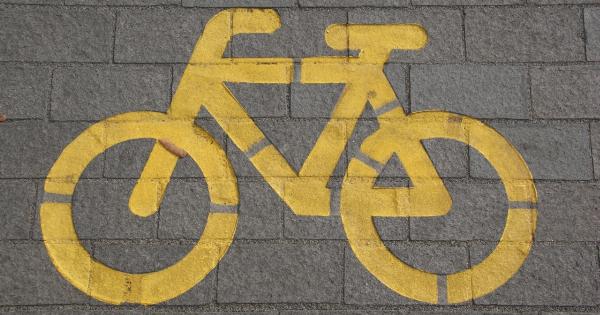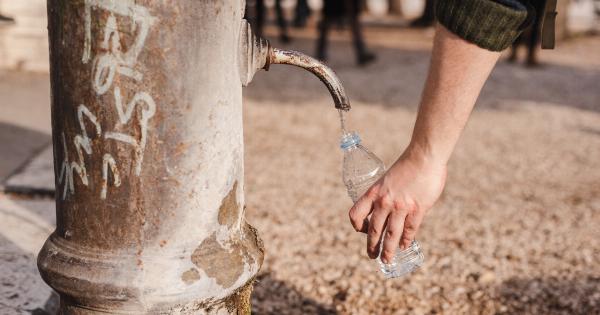School campuses are designed to be safe havens for students and staff. However, accidents can happen at any time, and these can cause injuries or even death.
To minimize the occurrence of accidents on school campuses, there are smart strategies that schools can implement. This article will explore some of the best strategies that schools can use to ensure their campuses are accident-free.
1. Regular Maintenance and Inspections
One of the most important strategies for keeping school campuses accident-free is through regular maintenance and inspections. Schools should have a regular schedule for inspecting facilities and equipment.
This could include checking for any damage or wear and tear, such as frayed wires or broken equipment, and repairing or replacing them as needed. Regularly checking and maintaining equipment such as playgrounds, gym equipment, and science labs can prevent accidents from happening.
2. Safety Training and Drills
Another effective strategy for preventing accidents on school campuses is through safety training and drills.
Teachers, staff, and students should be trained in safety procedures and protocols, and these should be regularly reviewed and updated as needed. Regular safety drills, such as fire drills or earthquake drills, can help ensure that everyone knows what to do in the event of an emergency.
3. Safe Transportation
Transporting students to and from school can also pose risks. Schools must ensure that students are transported safely.
This could include implementing and enforcing seatbelt use, regular maintenance and inspections on school buses, and proper training for bus drivers. Carpooling and bike-to-school programs should also be encouraged, but safety measures such as helmets and seatbelts should still be enforced.
4. Proper Storage and Disposal
School campuses should have proper storage and disposal protocols for hazardous materials such as cleaning supplies, chemicals, and medical waste.
These materials should be stored in secure areas, and staff should be trained in proper handling and disposal. Failing to follow proper protocols can lead to accidental exposure to dangerous chemicals or spills, which can pose serious health risks.
5. Addressing Bullying and Violence
Bullying and violence can also lead to accidents and injury on school campuses. Schools should have policies in place for addressing bullying and violence, including proper reporting and disciplinary action.
Students and staff should be educated on the negative effects of bullying and violence, and encouraged to report any incidents they witness. By addressing these issues before they escalate, schools can create a safe and respectful environment for all students and staff.
6. Access Control and Security
Access control and security measures should also be implemented on school campuses. This could include installing security cameras and alarms, hiring security personnel, and limiting who can enter the school campus.
Proper signage should be installed to indicate restricted areas and warn of potential hazards. Parents and visitors should be encouraged to check in at the front office before entering any part of the school campus.
7. Health and Wellness Programs
Finally, schools should promote health and wellness programs to encourage healthy lifestyles among students and staff. This could include healthy eating programs, physical activity initiatives, and mental health support.
A healthy campus is less likely to experience accidents and injuries related to poor health and fitness.
Conclusion
Keeping school campuses accident-free is a top priority for schools. By implementing the strategies described above, schools can create a safe and healthy environment for everyone on campus.
Regular maintenance and inspections, safety training and drills, safe transportation, proper storage and disposal of hazardous materials, addressing bullying and violence, access control and security, and health and wellness programs are just some of the smart strategies schools can use to keep their campuses accident-free.































